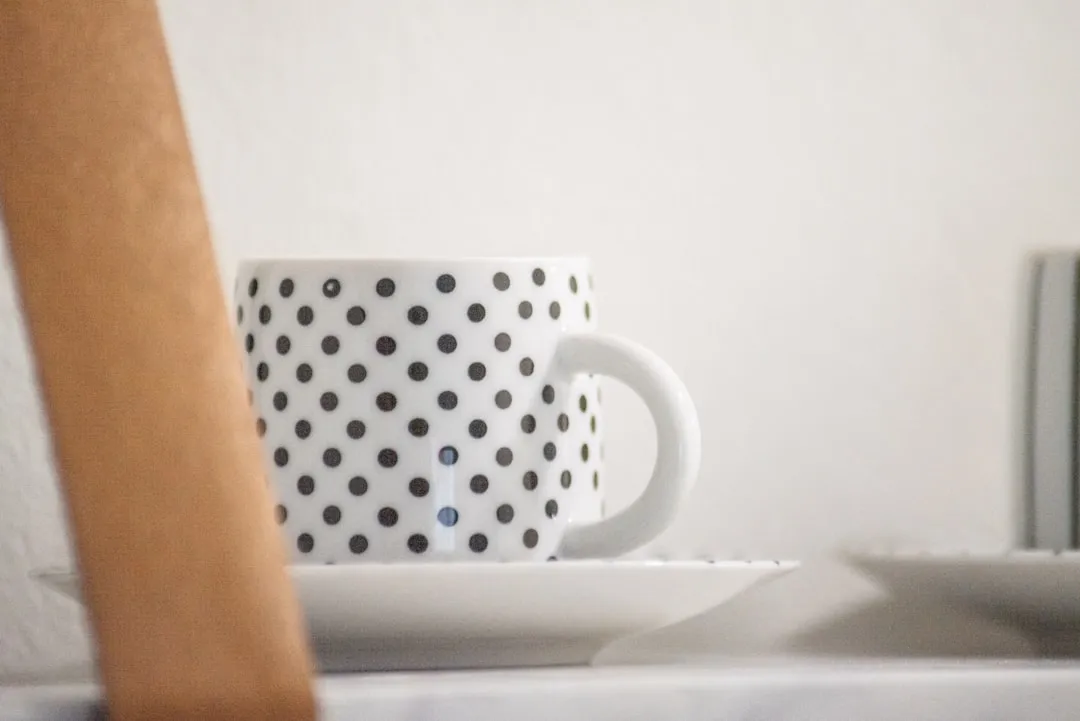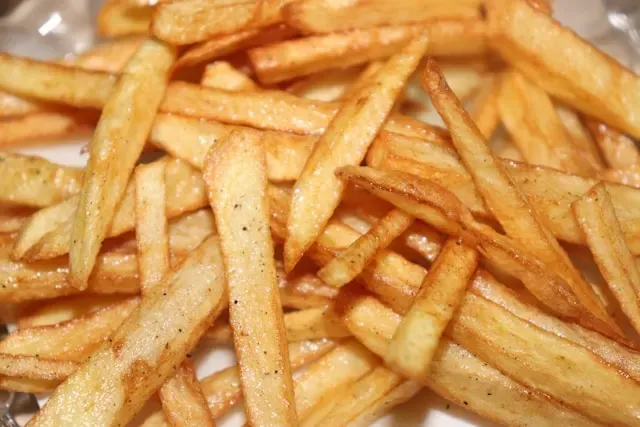For so many of us, bakeware is bakeware. As long as it's oven safe and able to tolerate the high heat, it's fine to bake in, right? Wrong!
There's more to bakeware than we realize: the different casserole pans, baking sheets, and muffin tins that we use all perform in very distinct ways. In fact, the difference between glass and metal materials can actually alter the very way your food bakes.
So before you reach for your favorite glass dish or your overused cookie sheet, consider what you're about to cook as well as your many bakeware options—it could result in better end results.
Different Rules for Different Bakeware
Baking isn't as simple as just prepping a recipe, slapping it into a pan, and tossing it into the oven. Instead, baking adheres to the old maxim you've probably heard a thousand times over: cooking is an art, baking is a science. The ingredients in baking recipes have a scientific reaction when combined and heated, but they also react to the container you choose to cook them in.
One thing many beginner bakers forget to think about is how their baking pan is going to react with the ingredients. Using glassware or metal baking dishes is going to result in different outcomes because they have different properties.
Before grabbing a piece of bakeware, there are a few "rules" to consider. First and foremost, consult the original recipe. Typically, a recipe's instructions will tell you what type of bakeware you should be using. If there's nothing specific mentioned, give the baking temperature a quick glance. A dish that requires baking for a just a few minutes at a high temperature—such as 500°F for 10 minutes—will be too hot for some bakeware.
What you're cooking also factors into your bakeware choice. Different bakeware options hold heat differently, so it's important to determine whether you'd like the food to be crisp and brown or simply cooked all the way through. If you know how each variety of bakeware cooks when you pop it into the oven, you can choose the right one without worrying how your recipe will turn out.
Metal: The High Heat Choice
Metal bakeware is a fantastic heat conductor, so when you need to heat up a dish quickly, choose a metal pan or sheet—it'll soak up your oven's heat in mere minutes and allow you to brown the edges of your food quickly.
Metal's heat-loving quality makes it the best choice for any foods that need to come out of the oven crispy, not moist, such as baked fries, pizza crusts, and pie crusts.
Metal, whether it be copper, stainless steel, cast iron, or aluminum, is also better for recipes requiring very high heat. Glass or ceramic dishes can shatter if subjected to some serious heat in the oven, or when placed under the broiler, but metal can tolerate these high temperatures.
However, it's best to opt for something other than metal if you're baking something acidic, such as a fruit cobbler. These foods undergo a chemical reaction when heated up in metal pans, leaving behind both an unpleasant color on your bakeware and an unappetizing metallic taste to your food. Exceptions to this rule are stainless steel and bakeware that is labeled as non-stick, according to David Lebovitz.
Additionally, energy passes through metal quickly, since it's such a great heat conductor. So if you're hoping to keep you cooked food warm for an extended period of time out of the oven, you're out of luck.
Glass: The Even Heater
If your go-to is a glass dish when you're mixing together a casserole, your instincts are right: glass is the best bakeware for recipes that need to cook evenly for the duration of their time in the oven.
Unlike metal, glass is a terrible conductor of heat. It takes quite a while to absorb heat and struggles to adjust to quick temperature changes—and it can shatter if subjected to a dramatic and sudden increase in heat. Yet glass is ideal when your food requires a single consistent, constant temperature.
Since glass is an insulator, it remains warm once heated. This means your baked food will keep warm even after letting it sit out. Glass also gets very hot as it holds heat; in fact, it's recommended that you remove your food from the oven earlier if you have to use glass bakeware for a recipe that specifies metal, as the glass dish can actually cook your food faster than the recipe states.
Ceramic: It's Just Like Glass
Although glass and metal are the most common types of bakeware, many of us also have colorful and decorative ceramic dishes. These are perfect pieces to cook andserve your food in, especially if you're trying to impress guests with a fancy presentation.
Ceramic bakeware is pretty similar to glass: it holds heat once warmed up, can keep your food warm outside of the oven, and cooks your food evenly at a consistent temperature. It even shares the same disadvantages, as ceramic dishes can crack and shatter when placed in very high heat. The only difference between the two is appearance: ceramic bakeware is often the more attractive choice when serving as it can complement your table decor.
Silicone: Stick with Light Recipes
Silicone is a bit of a rarity in many kitchens, but if you have a piece or two of silicone bakeware at home, it's important to understand how exactly it bakes.
The good news is that silicone is essentially non-stick! It's wonderful for dealing with sticky baked goods that won't release easily, and it virtually eliminates a leftover mess once the food is cooked. The bad news is silicone bakeware is also rather difficult to get up to temperature in the oven.
Silicone is simply a poor heat conductor. It takes quite a while to heat up and can impact the appearance of your baked goods by failing to brown the food at all. Forget crispy-edged casseroles or steaming hot, dense bread puddings: silicone bakeware just doesn't work as well with these types of food.
However, silicone is a good option when you're doing some light baking. So if you're making muffins, light cakes (like Alton Brown's angel food cake), or bread, silicone can eliminate both any residue that might stick during baking and that age-old problem of leaving half the cake behind in the pan.
Melamine: Don't Get It Near Your Oven
Though melamine plates and utensils are commonly used for food consumption, they should never be used for any type of baking. Combining these dishes with high heat leads to not only disastrous results, but potentially dangerous consequences.
According to The FDA, melamine products are so named because they contain melamine, a chemical that's typically used for industrial purposes. While it's allowed to be present in serving items and plates, it isn't healthy to ingest. When melamine products are subjected to heat, the chemicals within begin to leech out of the plastic and into your food—and suddenly, your food isn't safe to eat. Keep all of your melamine far from both your conventional and microwave ovens, as you don't want any of those unhealthy chemicals finding their way into your mouth.
Now, Go Bake!
Once you know the right kinds of bakeware to use for preparing your glorious goodies, you can present beautifully browned muffins, fully cooked casseroles, and perfectly intact bundt cakes. It's all in making the right choice based on the item you're baking, the temperature at which you're baking it, and just how you want it to look, taste, and feel when you're done.
- Follow Food Hacks Daily on Facebook, Twitter, and Instagram
- Follow WonderHowTo on Facebook, Twitter, and Google+
More Bakeware Hacks
- Don't Have a Special Cupcake Pan? Here's How to Bake Cupcakes & Muffins Without One
- Why You Don't Actually Need Any Pans to Bake Like a Pro
- Mug Cake Tips That'll Change How You 'Bake' Cakes Forever
Cover image via Melanie Preschutti/Kitchen Encounters






























Comments
Be the first, drop a comment!